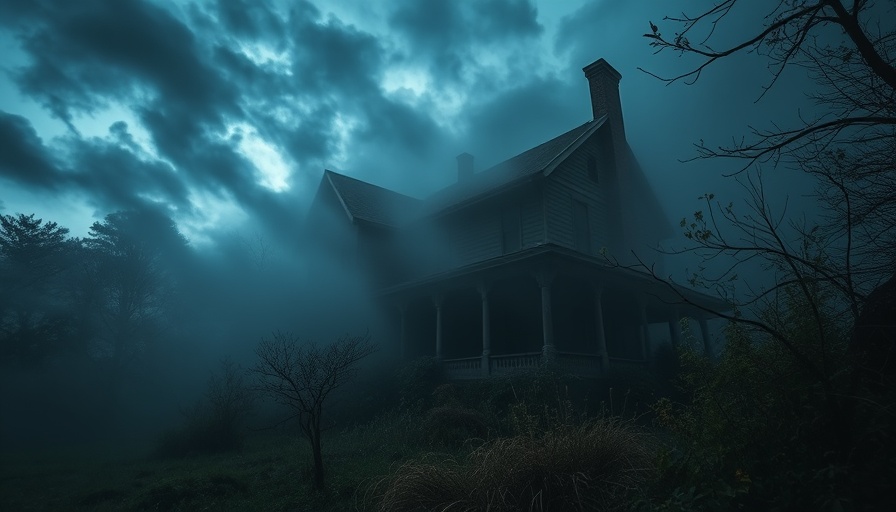
Reviving Urban Spaces: The Transformation Journey
In the heart of Minnesota, an extraordinary transformation is taking place. What was once viewed as forlorn buildings lying in decay has metamorphosed into vibrant centers for creativity and community engagement. Artists and innovators have begun to see potential where many only saw neglect. The success stories emerging from places like Minneapolis and St. Paul are not just revitalizations; they are examples of what can happen when creativity meets opportunity.
The Power of Imagination
Emmanuel and Fancy Lanier-Duncan, founders of a creative hub known as The Legacy Building, understood this better than anyone. As members of the hip-hop duo iLLism, they recognized a pressing need for a space to cultivate their artistic endeavors. One “for rent” sign later, they transformed a simple building on Minnehaha Avenue into a multifunctional space boasting a gallery, recording studio, and rehearsal room. They not only breathed life into their own projects but also created a flourishing community hub that fosters collaboration among local artists.
The Ripple Effects of Artistic Endeavors
Across neighborhoods, creativity continues to thrive with organizations like Springboard for the Arts playing a pivotal role. Laura Zabel, its executive director, emphasizes how the act of reimagining forgotten spaces can uplift communities. Through their work, spaces once characterized by urban blight are now transformed into engaging public areas. A parking lot on University Avenue, for example, was converted into a lush green space and community gathering spot. This ripple effect shows that when artists take risks, entire neighborhoods can flourish.
Global Inspiration: Learning from Historical Transformations
What's fascinating about Minnesota's revival story is how it parallels global efforts in urban renewal. The Tate Modern in London, originally a power plant, and the Fondazione Prada in Milan, set in a former distillery, serve as worldwide examples of how visionaries redefined purpose for disused buildings. By learning from these models, Minnesota artists and innovators continue to develop their creative infrastructures, leveraging local history and culture to enhance their projects.
Future Insights: A Sustainable Approach to Community Development
As these artistic spaces gain momentum, the focus on sustainability in community development becomes increasingly significant. Zabel points out that seeing beauty in overlooked structures offers a hopeful message about the future—they can be salvaged and reused, contributing to a more sustainable urban landscape. This practice not only preserves history but can also foster a deeper connection between residents and their urban environments.
Actionable Insights for Aspiring Creatives
For those looking to make their mark, the key takeaway is clear: look for opportunities to repurpose and revitalize. Whether it’s a dilapidated garage or an abandoned warehouse, envision how these spaces can serve healing, learning, and creativity. Exploring local art organizations, like Springboard for the Arts, can provide essential resources and support, empowering other budding artists to embark on similar journeys.
Conclusion: The Heartbeat of Revival
The revival of old spaces in Minnesota is more than an artistic endeavor—it’s a testament to the resilience and ingenuity of the community. As these transformations unfold, they provide hope and inspiration to those who dare to dream. If you're passionate about breathing new life into your local environment, consider engaging with local arts programs, and see how you can contribute to this vibrant resurgence. Remember, every change begins with a vision, and the potential for transformation lies in our hands.
 Add Row
Add Row  Add
Add 




Write A Comment